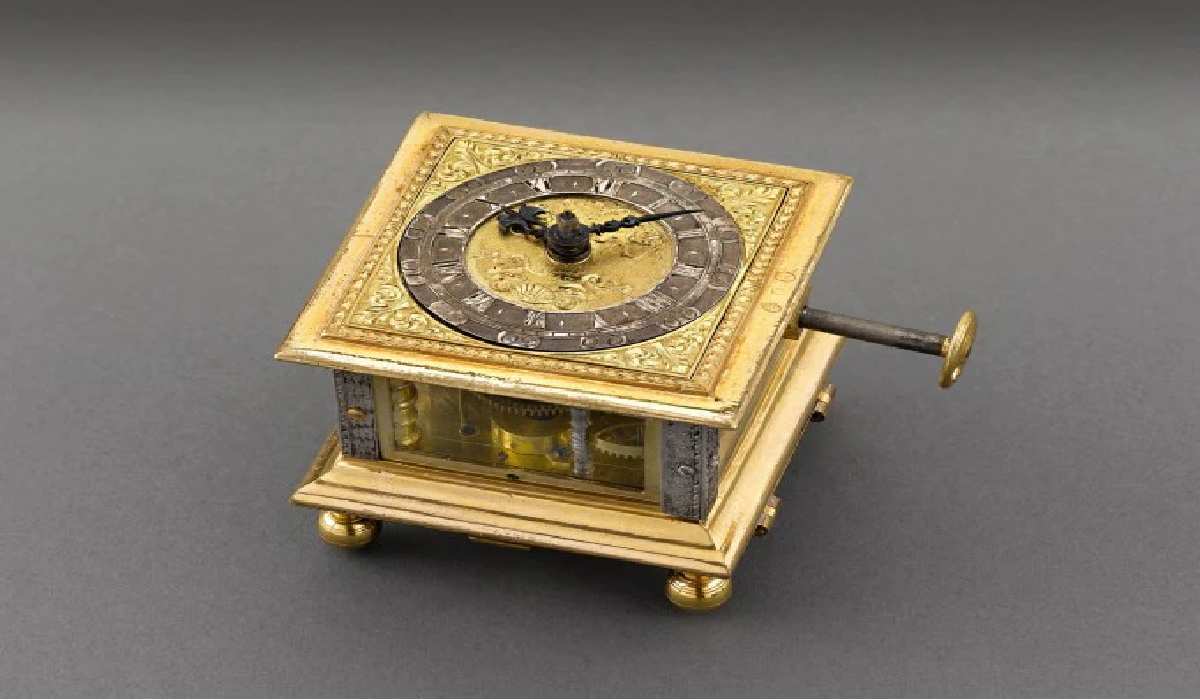Table of Contents
Introduction
Time, the constant companion of our lives, dictates our daily routines, schedules, and interactions. In a world driven by precision and synchronization, the question “What time is it right now?” is ever-present.
Time keeping has evolved significantly throughout history, and in this comprehensive guide, we’ll explore the intricacies of measuring time, from ancient sundials to modern atomic clocks, and answer the fundamental question of what time it is right now.
The Genesis of Timekeeping
The need to measure time emerged with the human fascination with celestial bodies and the natural day and night cycles. Ancient civilizations, such as the Egyptians and Babylonians, use sundials and water clocks to gauge time base on the movement of the sun or the flow of water. These early timekeeping devices laid the foundation for more precise and sophisticated methods.
The Advent of Mechanical Clocks

The Middle Ages witnessed the development of mechanical clocks in monasteries and churches. These early clocks used gears and weights to maintain accurate time, helping monks schedule their daily prayers. As trade and travel expanded, towns and cities began installing public clocks, emphasizing the importance of standardized time.
The Gregorian Calendar
In 1582 Pope Gregory XIII introduced the Gregorian calendar, replacing the Julian calendar. This reform aimed to bring the spring equinox date closer to March 21st. The Gregorian calendar is now the most widely used calendar system globally.
Standard Time Zones
The 19th century we brought the advent of railroads and telegraphs, necessitating standardized timekeeping across regions. Sir Sandford Fleming proposed dividing the world into 24 time zones, each one hour apart, with the prime meridian at Greenwich, England. This system eventually evolved into the modern time zone map we use today.
Atomic Clocks and Precision Timekeeping
In the 20th century, the development of atomic clocks marked a revolutionary breakthrough in timekeeping. Atomic clocks rely on the vibrations of atoms, typically cesium or rubidium, to maintain astonishing accuracy. The International System of Units (SI) now expresses the second as the duration of 9,192,631,770 periods of radioactivity corresponding to the change between two hyperfine levels of the ground state cesium-133.
Coordinated Universal Time (UTC)
UTC is the world’s primary time standard, combining atomic time accuracy with the Earth’s rotation. Leap seconds are occasionally added to UTC to keep it in sync with the Earth’s slowing rotation. This ensures that atomic and solar times are aligned as closely as possible.
Timekeeping in the Digital Age
In today’s digital age, precise timekeeping is essential for various applications, from global positioning systems (GPS) to financial transactions. Network Time Protocol (NTP) and Precision Time Protocol (PTP) synchronize computer clocks with highly accurate time sources.
What Time Is It Right Now?
To answer the question, “What time is it right now?” you have several options:
Analog Clocks: Traditional analog clocks display the current time using clock hands on a circular face.
Digital Clocks: Digital clocks provide the time in numeric format, often accompanied by additional information like the date.
Smartphones and Computers: Most electronic devices, including smartphones and computers, automatically display the current time, often synchronized with a network time server.
Watches: Wristwatches come in analog and digital formats and are a convenient way to check the time on the go.
Wall Clocks: Wall clocks are standard in homes, offices, and public spaces, providing an easy way to check the time.
Conclusion
“What time is it right now?” is a question that transcends borders and cultures, guiding our daily lives and activities. Time measurement has evolved alongside human civilization, from ancient sundials to cutting-edge atomic clocks.
In today’s interconnected world, precise timekeeping is essential for global communication, navigation, and coordination. As we move forward in the digital age, the question of time continues to be a constant, shaping our actions and punctuating our existence.

